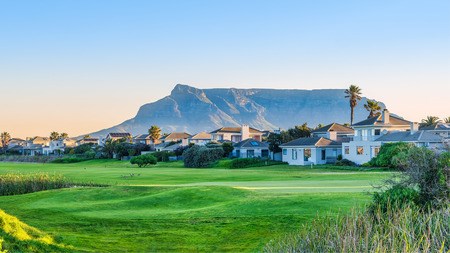There are a number of reasons homeowners put such effort, care and money into their gardens. A well-kept garden can help in reselling, it’s aesthetically pleasing and many people enjoy the time spent working in one. Then there are the practical reasons: they can prevent erosion (and therefore sand and dust blowing into your house), provide shade and help maintain biodiversity.
A trend that is growing, and with good reason, is that of natural landscaping. It is also referred to as native gardening and involves using plants that are indigenous to a given geographic location. Homeowners who may be thinking of making changes to their gardens should give some thought to planting trees, grasses, shrubs and groundcover that occur naturally in their region.
The reasons to consider natural landscaping are compelling. Indigenous plants have adapted to live under certain conditions and often thrive using less water, fertilizer and pesticides which foreign plants may need plenty of. They may need less mowing and are unlikely to become invasive and throttle other plant life. For the homeowner, this means a garden filled with greenery that is easier and cheaper to maintain.
Naturally occurring plants will also give rise to an occurrence of native species of birds and insects. Indigenous plants may also have symbiotic relationships with certain types of fungi and microbes, giving rise to ecosystems. A balanced ecosystem is one where there are no deficiencies nor excesses. In such a system pests would be controlled by predators such as birds, the soil would need less additives as the plants would be adept at surviving with the nutrients available, erosion would be slowed down due the soil surface being adequately covered by grass and plants, and plants would be need little watering as they will be able to survive on regional rainfall.
There are some challenges and problems that you may face in natural landscaping. Certain invader species, particularly weeds, have adapted well and can take over a garden. It’s also important to remember that South Africa has tremendous biodiversity. Some researchers map nine biomes and over four hundred vegetation types in South Africa.
The Western Cape covers approximately 0.08% of the world’s land surface but contains 3% of the planet’s plant types. It goes without saying that a natural garden in KwaZulu-Natal will need vastly different plants to one in the Western Cape. You may need to be incredibly specific in your plant choices and opt for vegetation that occurs not just in South Africa as a whole, but within you municipal area. This will require some research. It may also have an impact on plant availability and expense.
It is best to check with your local garden centre to see what types of plants are indigenous to your area. It might help to research vegetation and biomes in South Africa and it is also a good idea to check the list of weeds and invader species. Some of these are prevalent and thrive in South Africa, usually at the expense of naturally occurring species.



